JULIAN DUPONT IN CONVERSATION WITH TRAVIS WYCHE
In the last installment, Anon and I attempted to uncover and articulate power dynamics within governance modalities in relation to privacy and sovereignty. I found myself caught up in considering the power dynamics of this project and it has given me pause. I’m still reverberating in the aftermath of that conversation and I’m a little disoriented in how to proceed from here. This morning, when I was thinking about what you and I might talk about today in relation to all the other DeathGuild conversations, I thought we might approach confusion and disorientation as a tactic — or a therapy — for preparing ourselves to think differently. This can be painful, or at least uncomfortable. It requires a certain maturity to be humble enough to recognize that even though it might seem at moments so essential to take great risks, because great risks offer great potential for radical change, there are also consequences.

Maybe there’s some way we could relate this back to Arturo Escobar and Viveiros de Castro. Wielding these concepts can provide us with access to conceptual instrumentation that is very well calibrated, because it includes thousands of years of astute thinkers that have dedicated themselves to reason and logic, but on the other hand, this is the same instrument that is wielded by the Eurocentric colonial epistemology that wreaks havoc upon the equilibrium of other sensitive dispositions, steamrolling difference of perspective. I want to craft this project and these conversations into a design for potential openings, to challenge my own perspective and my own biases and to provoke you, as well, to the extent that it’s deemed productive and beneficial for your own projects, but never to the extent of becoming destructive or imposing an ontological violence.
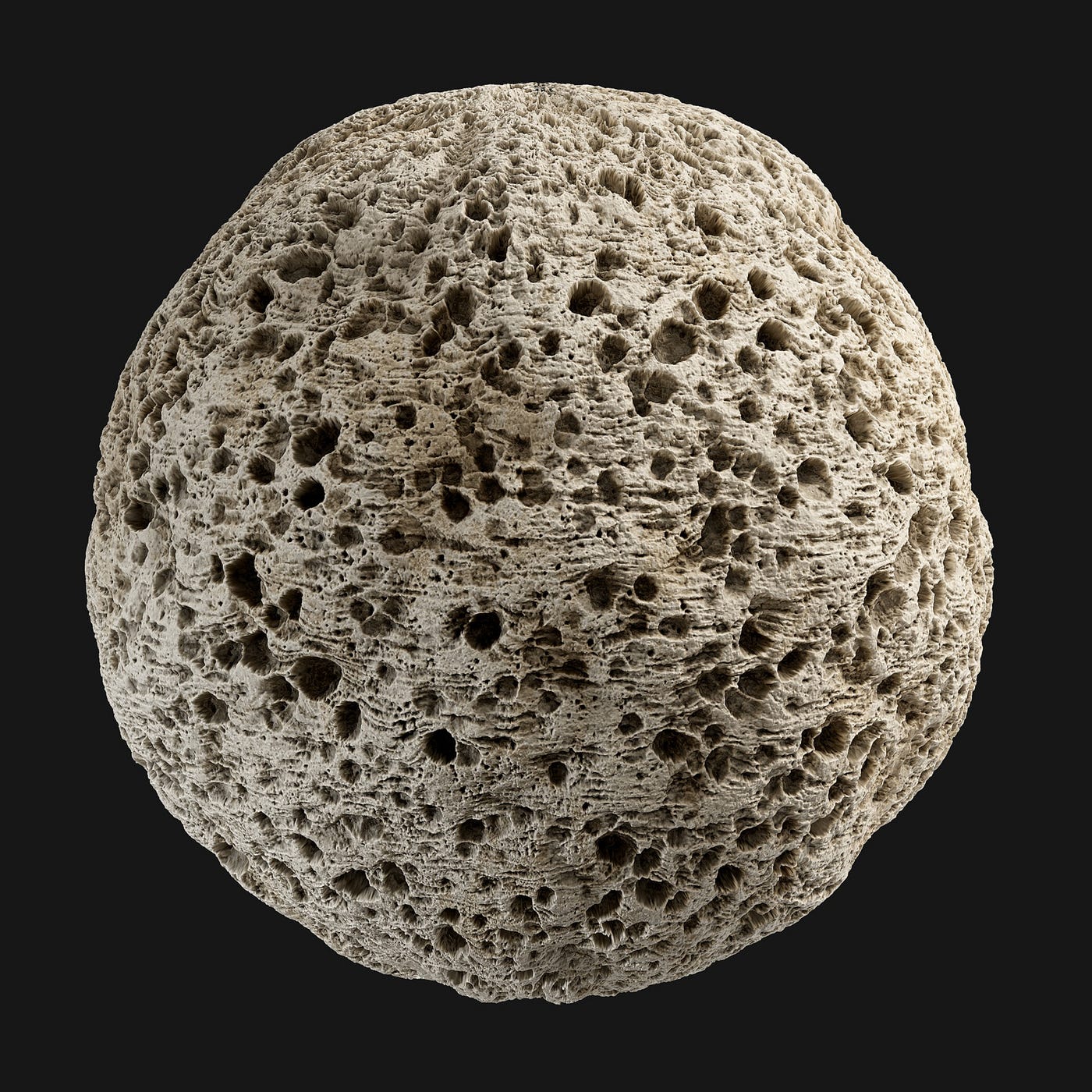
While considering the would-be audience for this work — they are engineers and they are academics and they are laymen — I continue to wonder how we should strategize our mode of conversation. How do we maintain the goal of this research while relinquishing the need for such a pragmatic goal in the first place, to remain open? How do we design for openings? How do we make space that proliferates inclusivity? We must do it together; that much seems certain. I can’t do it alone and I’m able to recognize that. I know incorporating some dissensus seems very essential. If we have a conversation where we agree on everything, this may confirm an inherent bias that we should be actively deconstructing. It’s important to strategize distances, disagreement, tension, and friction as productive forces. I think that you are an excellent person to coordinate such a conversation with, because we both have a shared background in the arts, and although we come from very different places we have somehow found ourselves expressing enthusiasm for sharing some common ground.
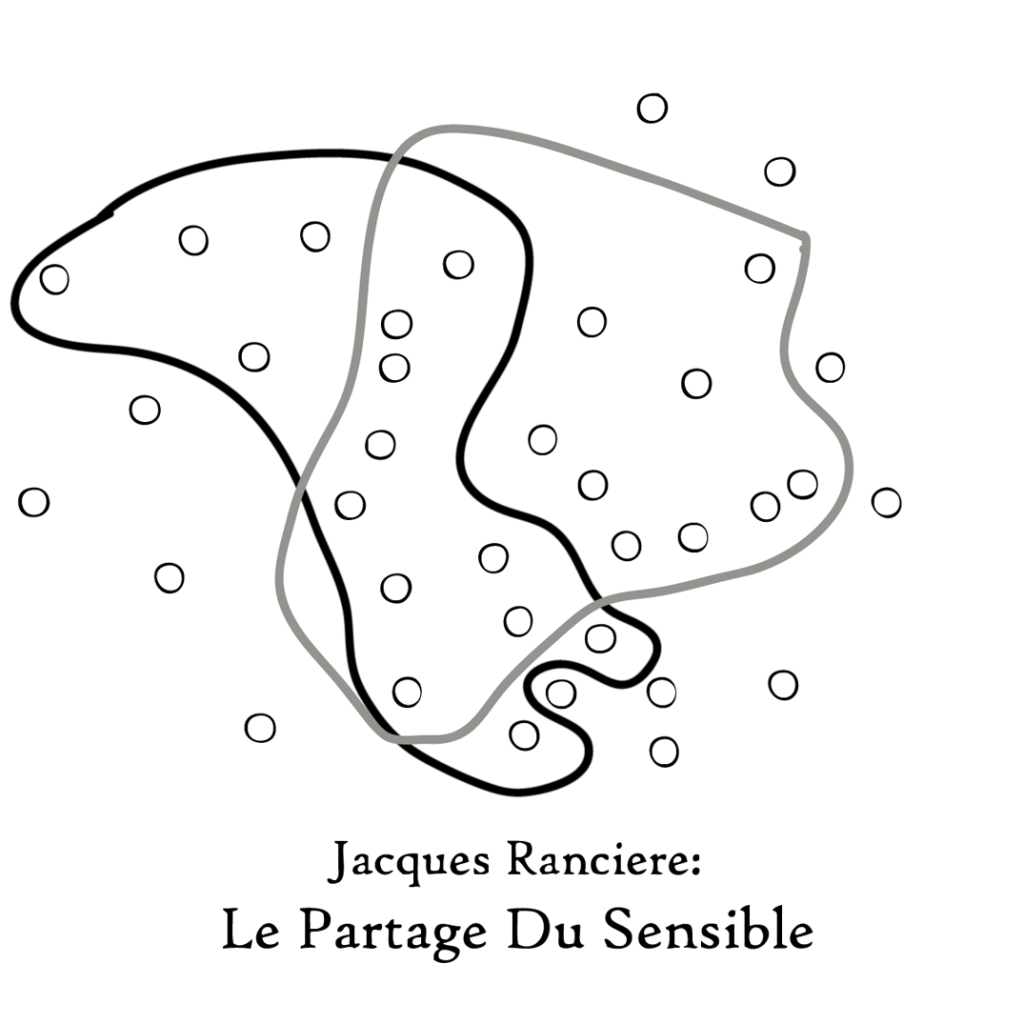
There’s a lot to knit from that thread. I had a similar experience during my project at the Autonomous Intercultural Indigenous University. It’s very difficult to recognize that the preconfiguration of my thinking was being put into question. There’s something about loosening control of rational processes that enables the possibility of those processes of dissent. There are three things that come to mind. This week I read a recent interview with Jacques Ranciere, a post shared by Stephen Shapiro. I quote Ranciere, he says:
We found ourselves not based in capital, but inside it. All we can do is dig holes, try to create and enlarge spaces of non-consent. The challenge is to manage to maintain dissensus, maintain a distance. What can this distance produce in the future? We don’t know, but even these figures of distance are a way of living differently in the world we challenge.
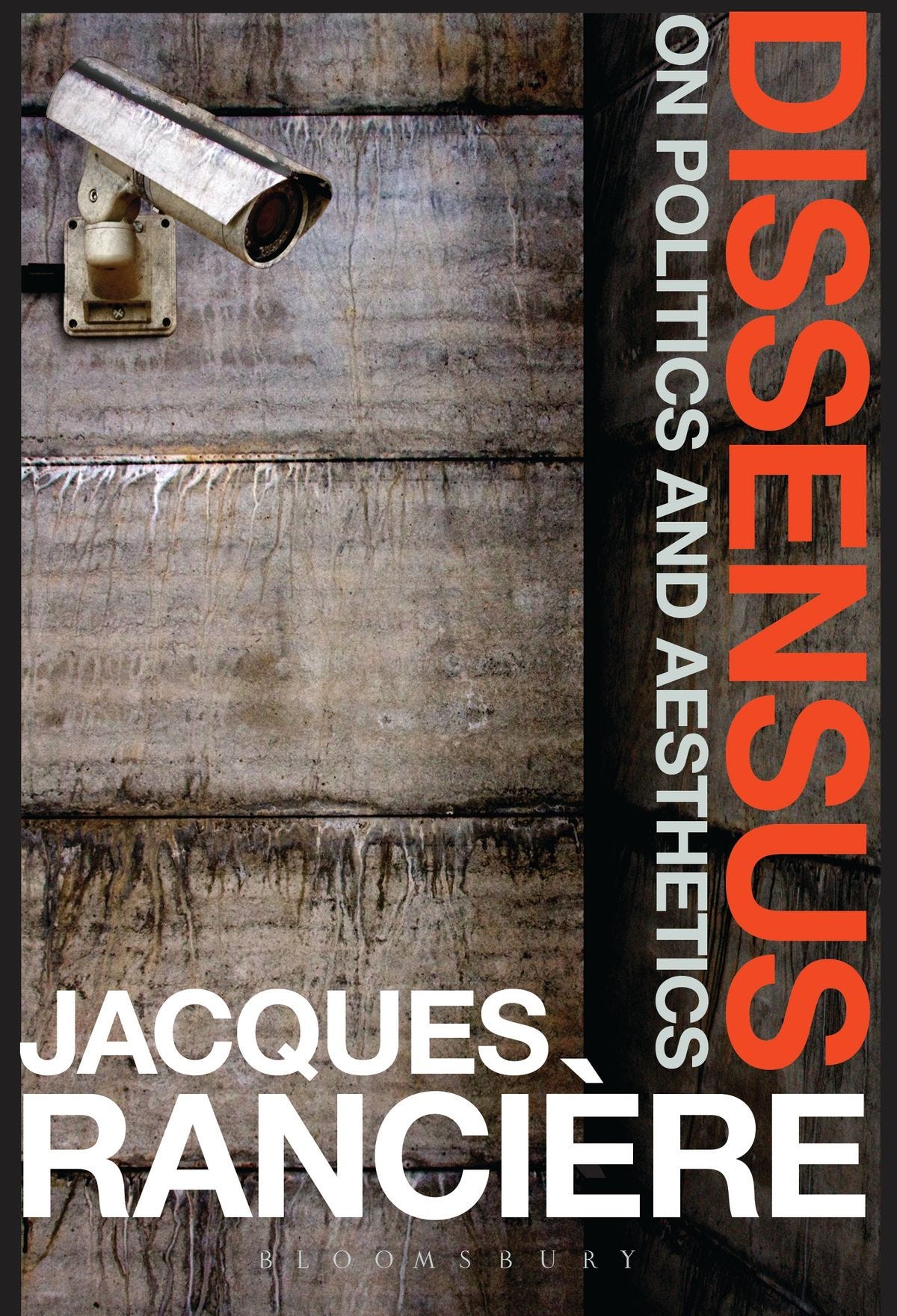
This is what Jaques Ranciere said a few months ago in the context of the pandemic and this resonates with my own writing. Equivocity is a very important notion in the theoretical matrix of How Forests Think by Eduardo Kohn. Equivocity is the possibility of signaling towards matter to generate language from radical difference. How do I speak with a plant? How do I speak with a cloud? Working with the traditional doctors of the NASA communities to explore the dialectical frame with traditional medicine has allowed me to observe that there’s an interesting approach towards the de-anthropomorphization of language. How can we code when the systems are not giving? How do we speak to the mountain? Equivocity is a powerful matrix to entangle a position towards language.
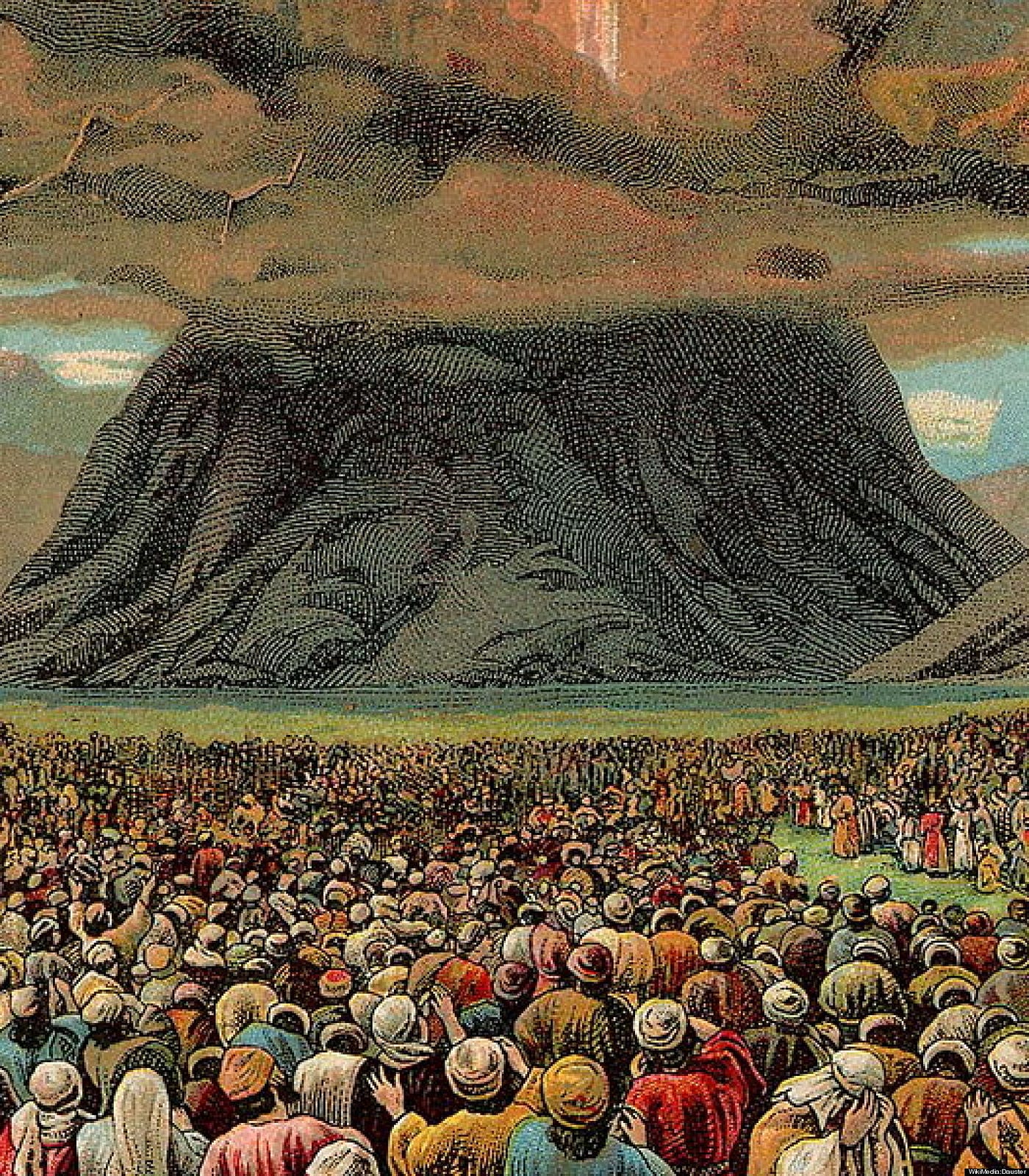
Viveiros de Castro’s work put in relation with Gille Delleuze can be considered a disjunctive synthesis, a chain of relations articulating themselves from dissensus, creating from radical difference and trying to structure the possibility to come — or what’s about to come — into a matrix of equivocities. This relates to how we resolve nation states, how we resolve identity, or how you resolve the Artificial when the system to elaborate those concepts puts into question the objective paradigm of subjective difference. I’m currently reading After Geoengineering: Climate Tragedy, Repair, and Restoration by Holly Jean Buck and she provides a really interesting entanglement to this topic: thinking with the best intentions towards what these systems could bring to the world, while also knowing the cybernetic structure that we’re communicating through is structured upon colonial configurations that reveal a very violent matrix.
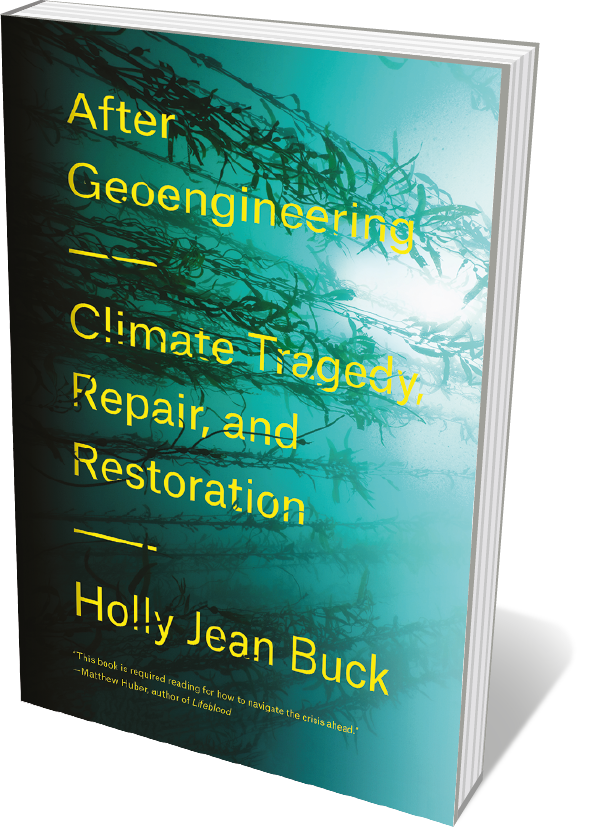
Holly Jean Buck addresses interesting notions like decolonizing the atmosphere. She is very critical of the romantic mode of thought that considers ecology without design. Design is considered as a colonial imperative, the very supposition that she’s trying to distance herself from. Her perspective is problematic, but it’s edifying to think with her. She is trying to think about ways we might reverse the industrial complex as we know it today to transition to a decolonized atmosphere. The carbon debt that we have with the planet is not a problem that can easily be solved through ceasing our use of fossil fuels. It’s not enough, as we will still need to remove the mess created by the industrially developed world. She tries to think of scenarios of infrastructure and politics to create an industry of carbon removal through a decolonial frame. It’s a challenging landscape.
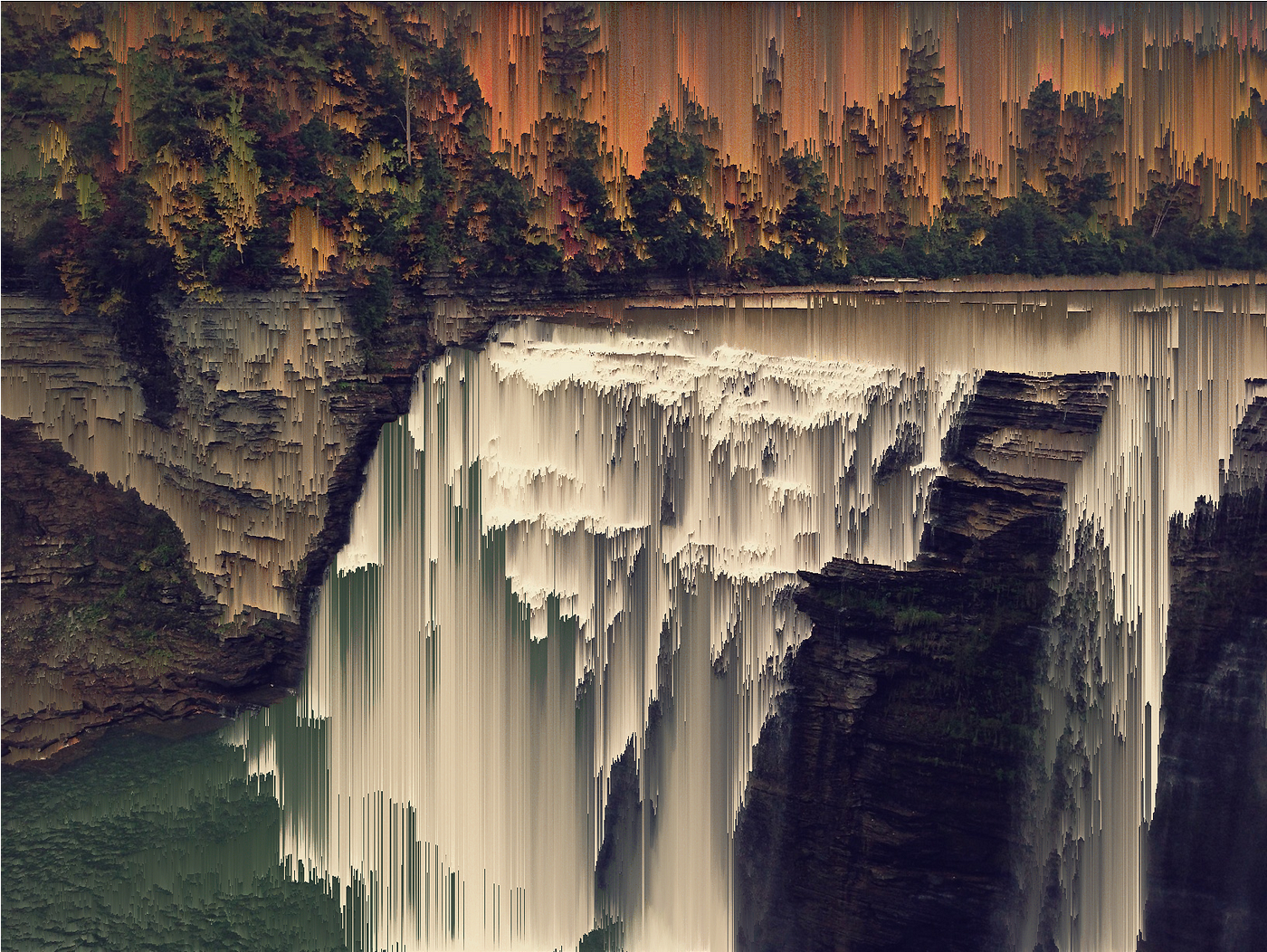
“If the climate was a bank we would have already saved it”
My initial response comes from a conversation with a friend in Colombia, Edward Gil Jimenez, a traditional doctor of the Yanakuna community. Something really challenging happened when he came to visit us in our apartment in Popayán, Colombia. When he arrived he said, You are living in a part of the city in which the houses are dead. They’re cold houses. The cold house is a house that is not alive.
He said, the houses are dead? That they are cold houses?

He said that the houses were not alive. He explained that he teaches methods of constructing houses for the Yanakuna communities at the Indigenous University. To build a house is to connect with a form of life through them. The house is a self for the Yanakuna’s and that comes from a relation with the minerals and the materials used on the house. Each person of the community makes their own house and the house is built with the collective help of the community. You dig a hole to process the mud and that contact with the materials is not made from the imperative of objectification, but built from the awareness of a living entity. Eduard described it as the Mother Earth extending filaments, extending relations to you, and you are building something in resonance to those patterns. The construction takes form by taking into consideration the astral landscape surrounding the area. It’s very important to have windows to let in the sun and the moonlight, like a calendar. A material construction that doesn’t have these relations requires harmonization to re-connect this matrix of relations. Bringing it back to geoengineering, the awareness and the articulation of the resolution of our relations could take us towards a cybernetic infrastructure that will encompass the relations extended from the planet we inhabit. Rather than the imperative of value extraction and colonial objectification, we could design an integral mode of geoengineering (although that word is already charged with a structural bias), a network of satellites as a relations of selves.
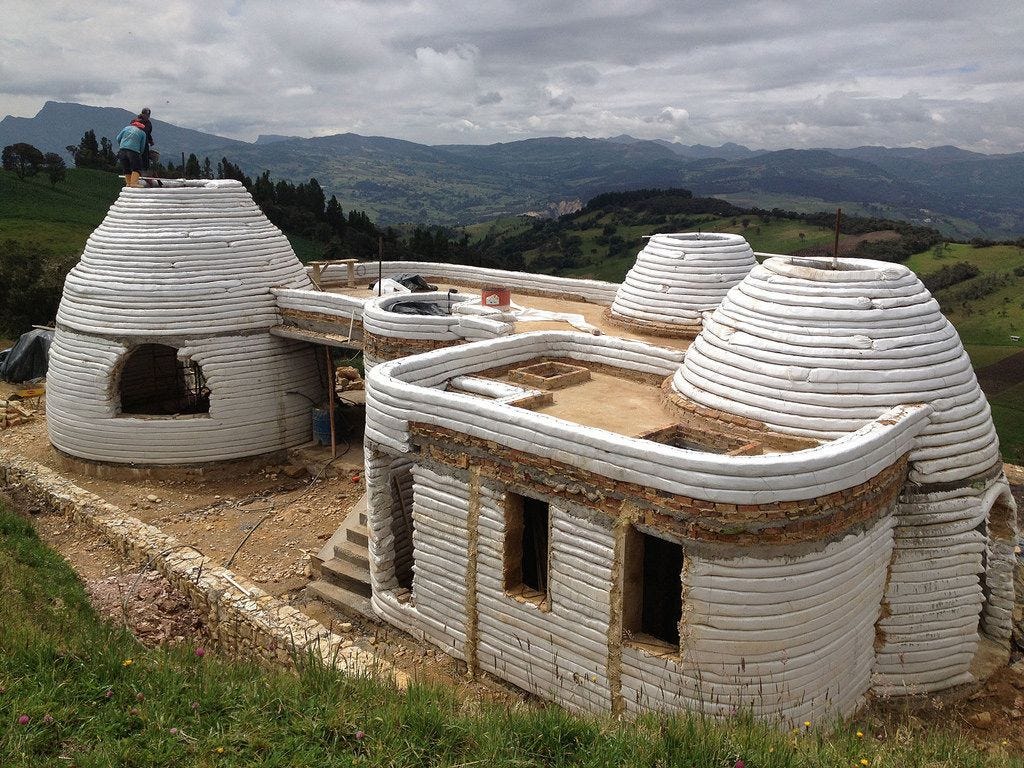
I might need to think this through again, just to make sure I’m understanding it all. I’m left with a question about understanding the health and integrity of the community that we’re participating in, a desperate question of this moment that is relevant to everyone living everywhere. Our local conditions are being affected by global forces. This paradigm — this matrix of relations, as you say — is so large and so complex that we require satellites of (supposed) objectivity in order to glimpse our current state of affairs. How do we know that we are participating in our community in a way that serves our neighbors or that even serves ourselves?* *To the extent that we design ourselves first ontologically to become a positive force in our communal relations, this is a question of sustainability.
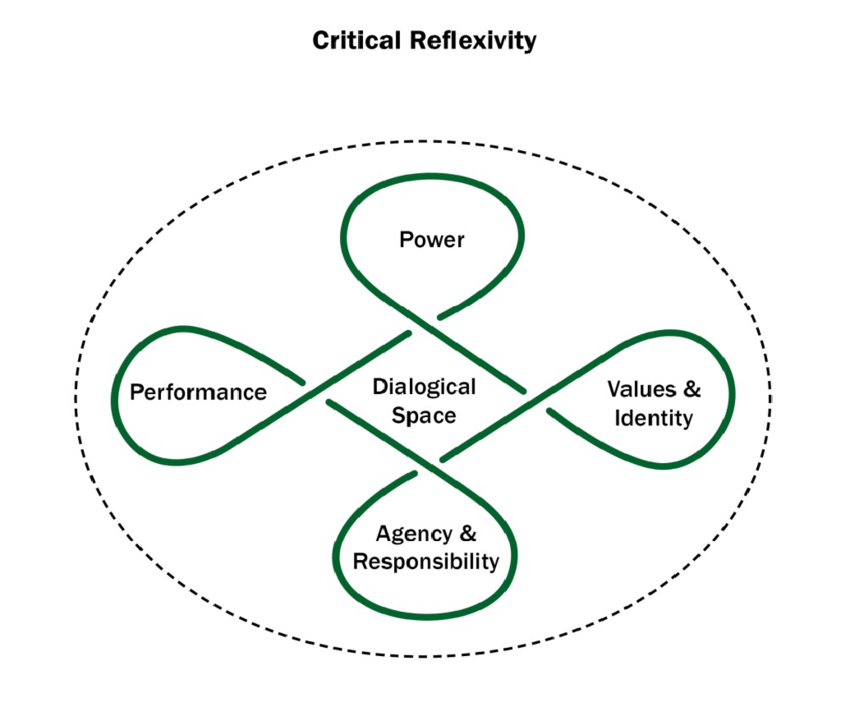
You have described an ecological framework of our cybernetic relations that amounts to a cerebral architecture that is collectively constructed. Resolution, as you have used it here, is perplexing to me. Is resolution used in the sense of relief, to feel better about the cerebral architecture that we are constructing, or is it resolution of a problem, relief resolved by providing pragmatic solutions, to focus on solving this problem so that we might move on to the next of an infinite procession of problems to be solved? This is an inheritance of the rational-industrial mind serving infinite technological novelty and planned obsolescence.
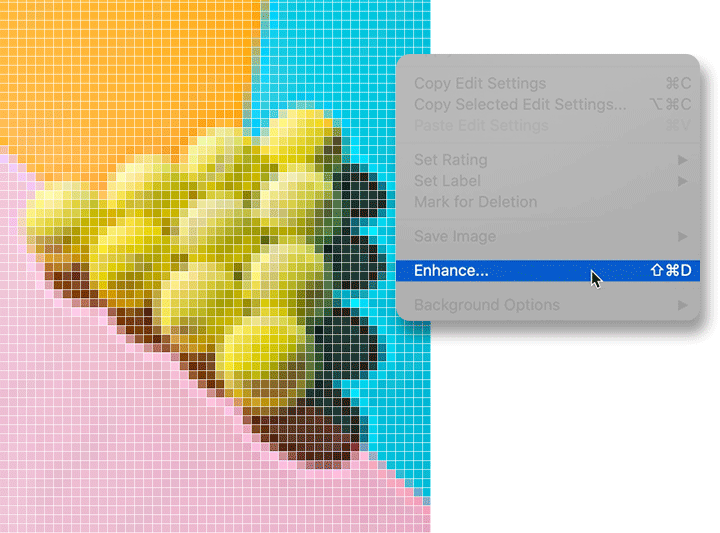
You mentioned Deleuze and I’m reminded of his essay, What Is a Dispositif? What is this entangled network of power relations operating at the infrastructural level? It exists at the soft infrastructure of human bureaucracies and governments and the physical geoengineered infrastructure, the stack of information as it is pulled from the ground and erected as a monument of human ingenuity, and this has always taken place as a top-down hierarchical imposition on the world. Perhaps my question here is: how do we begin to design our information differently, from the middle out? How might we design our human industries to actively distribute that power, rather than condensing and centralizing it?
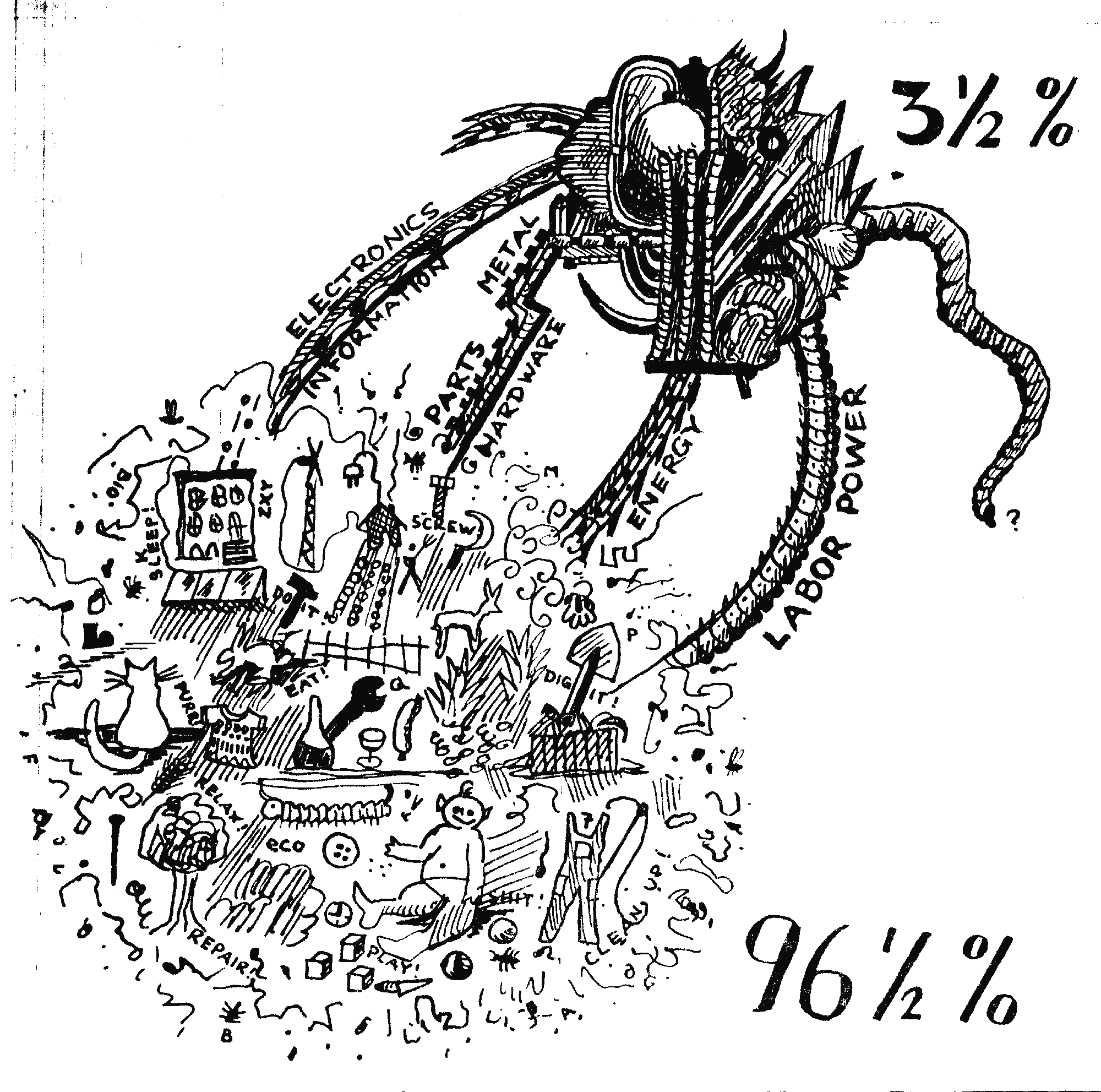
In relation to the book on geoengineering, you used the phrase best intentions. The road to hell is paved with good intentions, so they say. Where is the road that we are paving with these good intentions really leading? Is it the blind leading the blind? This is the crux of the issue of visibility: can we re-cognize where we are going? Can we identify the architecture that we are constructing while remaining inhabitants of cold houses? For me, it’s a question of aesthetic formalism, the need to practice a gestalt design language, to recognize patterns as language and cognition, even to re-cognize cognition itself. Right? We need to disentangle the colonial view, the Eurocentric vision projected upon the landscape and each other. How do we escape these patterns? What is a decolonized governance modality? It might be an anti-industrialism or an infrastructure that is actively dismantling itself, but this is a negative definition, an inverse dialectic, maybe even a destructive and violent approach in it’s own way. Perhaps a truly decolonized design is constructive, more matriarchal than patriarchal, not rationally dismantling itself, but somehow redirecting that energy to benefit all, to generate more value for everyone, not at the expense of the subaltern or the landscape.

Back to my initial prompt: how do we evaluate the health of our community? There’s a paradox here, the paradox of industry. We desire to be industrious, we want to be productive, but our industries are full of excess and there is no away and someone always suffers from the disposal of the waste. The industry produces violence, waste, and dead houses. How do we build in resonance to local patterns? It requires a cognition of the pattern language; it requires the eye of a sculptor to be able to see the form in the marble and the humility in skill to allow it to reveal itself. The way you describe the construction of houses in Columbia is like an efflorescence, an emergent form, an outcropping that grows out of the specific place. Not an imposition on the land, but an extension of that sense of place, of and from the land quite literally. Harmony — I’m surprised to hear myself admit — might be the perfect way to evaluate the health of a community to the extent that it implies not just balance, but equal distributions of an integral architecture.
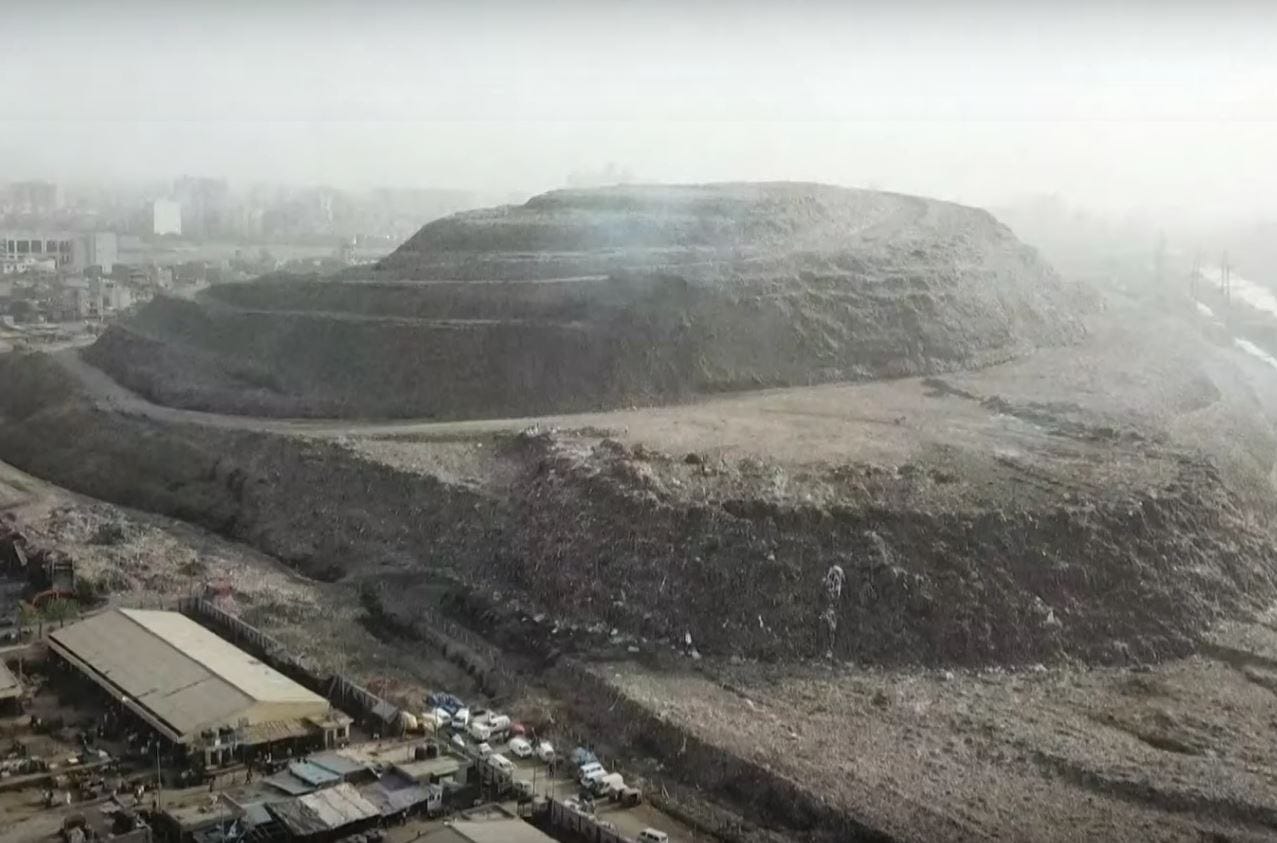
This reminds me of Christopher Alexander’s wonderful theories and practices. Alexander is an amazing architect and a very sensitive poetic figure. He taught at UC Berkeley for many years and developed what he calls A Pattern Language, a way of interacting with a landscape to identify the ineffable resonance of unique spaces. He would interact with the landscape firsthand to build up an understanding of what the local site needs. A building shouldn’t be built from blueprints drafted by a distant engineer. You need to go and walk the grounds to feel where the trees are, witness where the birds hang out, hear how the wind moves across the land. The living home will be built in relation to the flows that naturally exist in the place. A traditional house is an alien artifice imposed upon the landscape, disrupting its flows. It doesn’t take into account preexisting conditions; it imposes its own conditions, and so it’s not a harmonious structure.
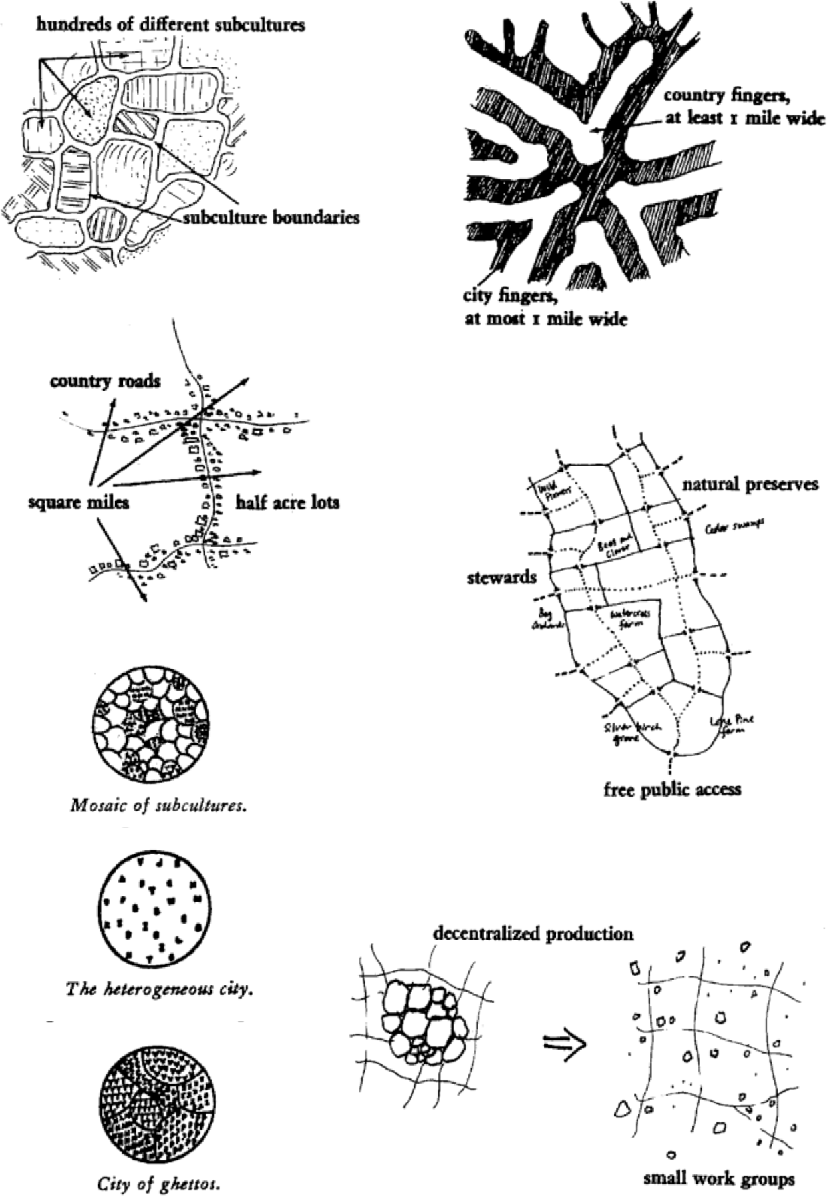
There’s something that has been appearing in the global conversation about decolonization through the conflicts of the peace process in the internal war in Colombia: the concept of repair. When you’re dealing with the problem of an always-already violent imperative, repair is a very important notion to address the possibility of restitution of these damages. We might consider the Louvre Museum, the British Museum, and how these institutions entangle a structure traced to a colonial root. What to do with the African sculptures in these collections that have become treasures of the queen, but represent a paradigm of stolen artifacts? Similarly, how should we consider the international debt system when all these monetary transactions are built upon colonial standards? For example, there is a town in Bolivia called Potosi, an enormous place with some of the richest silver mines on the continent. Yet, colonization made Potosi one of the poorest areas in Latin America and reveals how these minerals build up the framework of a vampirific monetary system.
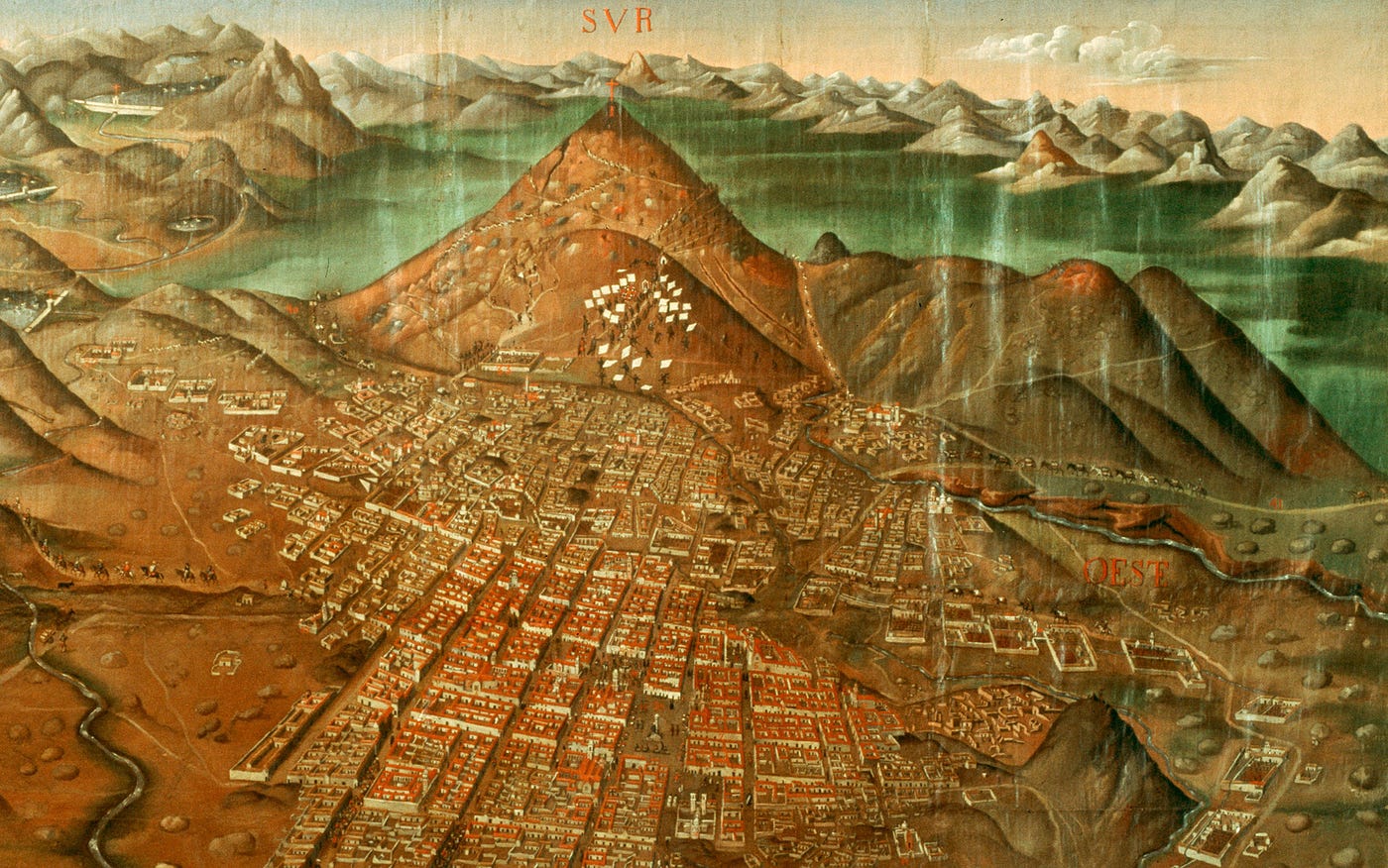
Repair and restitution provide a place to consider the responsibility in these extraction industries. The task is immense. Here I would connect Catherine Malabou and Gayatri Spivak in their work considering how the subaltern has been hidden, how this cognitive reality has been present as a secondary actor, hidden through our systems of abstraction, creating a conglomerate of artificiality intertwined with the object. How might we come to think through a sympoietic process, in resonance with Donna Haraway? How to entangle these conversations as conversions towards the base of a political fight? It’s very difficult if it’s just traced through meta-reflections. It’s so encoded in the material articulations that we must resolve the base of those constructions first. How might we inverse the dynamics embedded in all these technological conglomerates that are transversing our quotidianity? From a western perspective, we need to recognize the limits of referring to an outside that will bring a new code.
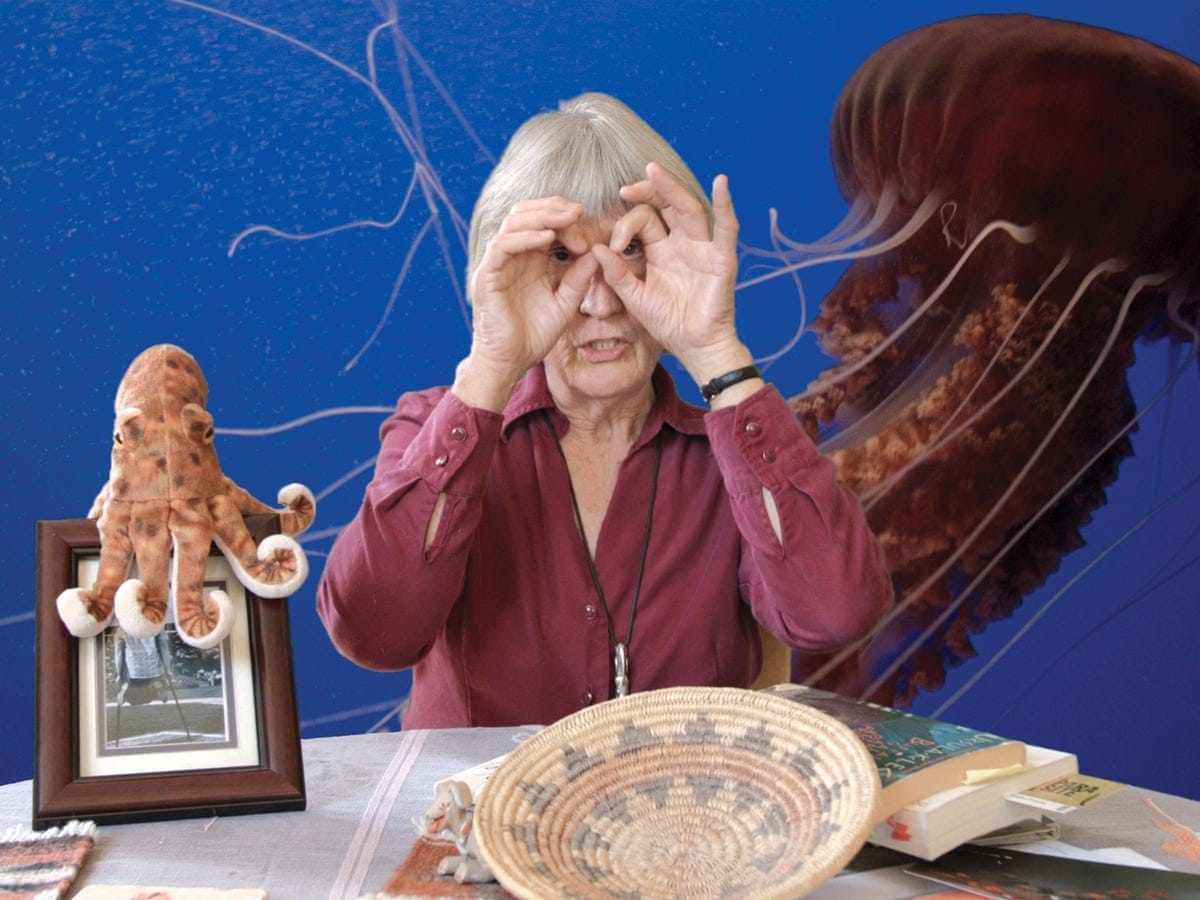
We might trace this conversation to their architectural relations. This is the exciting part about taking indigenous thought seriously — more than mere metaphor — to our contemporary landscape. It’s about the end of a world that encompasses the artificial we know. It’s not about creating a new complex industrial infrastructure to resolve our environmental catastrophes, to reverse the flow of co2 from our industrial processes; the rainforest was already accomplishing this before we destroyed it.
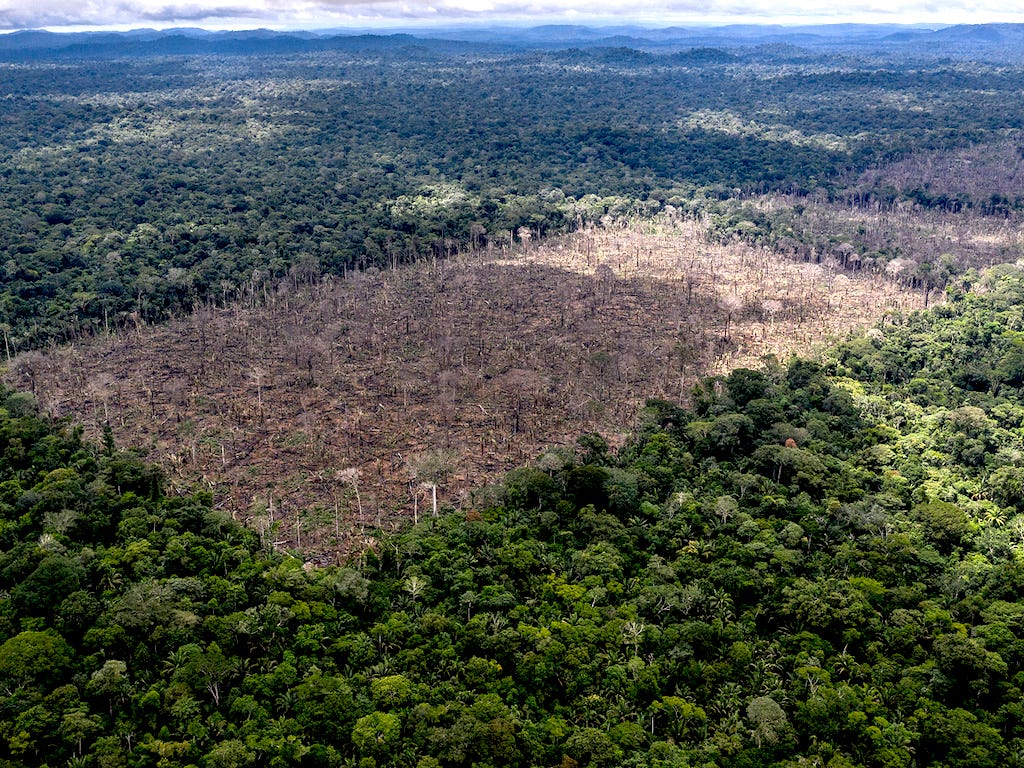
This brings me to the text that I’m writing called Becoming Jaguar as the Automated Cloud. There’s an anecdote of El Taita Querubin, a traditional healer in the Amazonian forest and part of the Cofanes community. He has worked with Ayahuasca since he was eight years old, studying the technique every week, three times a week, for eight years, to learn to become a jaguar. The shamans in Putumayo keep this as a secret technique, because this comes through the space of dreaming and has repercussions in one’s life. One story describes the community of Los Cofanes in Putumayo that was menaced because a multinational company was interested in mining in the area. There are political structures connected to right wing parties in Colombia that put pressure on communities to leave their territories with illegal armies of paramilitaries, displacing communities from their villages to protect the interests of progress and governmental business. When this menace arrived to El Taita Querubin he decided to have a few Ayahuasca sessions to read the situation and report to the community if they should leave their homes. When he returned he told the community to leave, but he would remain to fight. When the armies arrived, they were attacked by jaguars emerging from the jungle and were forced to leave.

For a rational mind this story of the forest can seem so esoteric, mythical, mystic, metaphorical, and also naive, but it’s important to let those voices emerge, to try to think in those equivocities, to witness the patterns emerging from the forest and through dreams as ways of gathering, forms of making houses, and possibilities to reunite ourselves. This cognitive process towards an emerging artificiality will be the terraformation of synthetic infrastructures, a transhumanist convergence with biological structures. We might pursue the potentiality of myth towards the navigation and position of a critical stand against the artificial we know. In the rural zones of el Cauca, this comes with your life. Our friends there live in a constant struggle with the configurations of power. Climate change in Latin America is accompanied by armies. We must design from a strong ground. I’m not saying that we should close our computers, that we should stop calling ourselves artists, or we should stop going to museums, but the awareness of the hidden worlds present in the subaltern brains are the patterns that we need to signal to reach resolution, to design towards becoming-jaguar rather than making an exhibition about it.
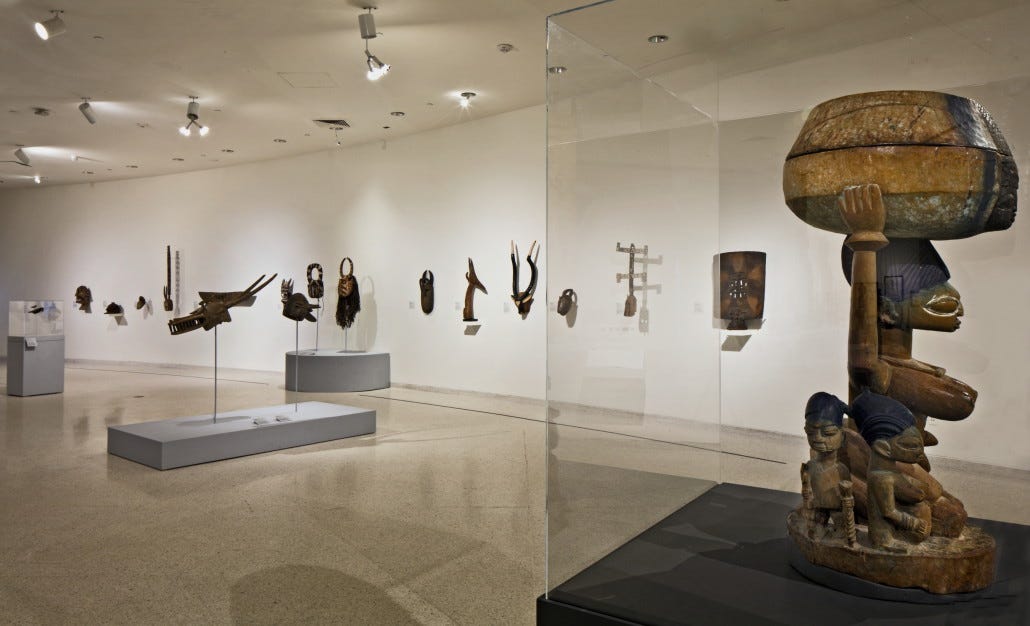
Your notion of the end of a world is so powerful. Your usage is wonderfully peculiar, because it’s not an apocalypse amounting to the end of the planet or the end of ecology, but it’s the end of a worldview, a modality or vision of the world that is deliberately ended with intention as a failed project, a failed stage of collective human imagination that is no longer being in service to a world that we might deliberately and carefully collaborate in manifesting. This has everything to do with autopoiesis, another powerful concept that I’ve been ruminating on for many years. Autopoiesis is used in cybernetic theory to refer to self-creation or self-making within closed systems that can seemingly be be cut off from nature while replicating nature simultaneously, a high ideal of perfected praxis and poiesis in a nutshell, so to speak, in the sense of Derrida referring to conceptual nutshells as so tempting to crack open. Conceived as a cybernetic autopoietic network, we begin to think of nature as an industrial process in itself, constituting a machinic worldview perpetuating the drive for imposing machinic legibility upon the entire landscape. This manifests in our architecture, the information infrastructure of our world, and how it informs our cerebral architecture, inflecting how we envision ourselves in our dynamic relations with each other and to the world, with the world.

Autopoiesis may have been a pivotal concept at one point, but now must be closed. A siloed conception of the world must be actively dismantled. Designing for openings, in this sense, would be to puncture holes, like how a single pin can puncture a water balloon and make a wonderful mess. To design for openings means to allow the outside to come in: outside languages, outside perspectives, outside peoples, outside articulations of outsideness. Sympoiesis moves from siloed cells of automated mechanical reproducibility towards diffused, open, porous, substrates of dynamically exchanging potentials. The problem with autopoiesis is that it replicates itself ad infinitum. How do we end that cycle without ending the model of life, without imposing violence upon natural systems? How do we end the world without destroying the world, allowing the world-image to regenerate into another form?
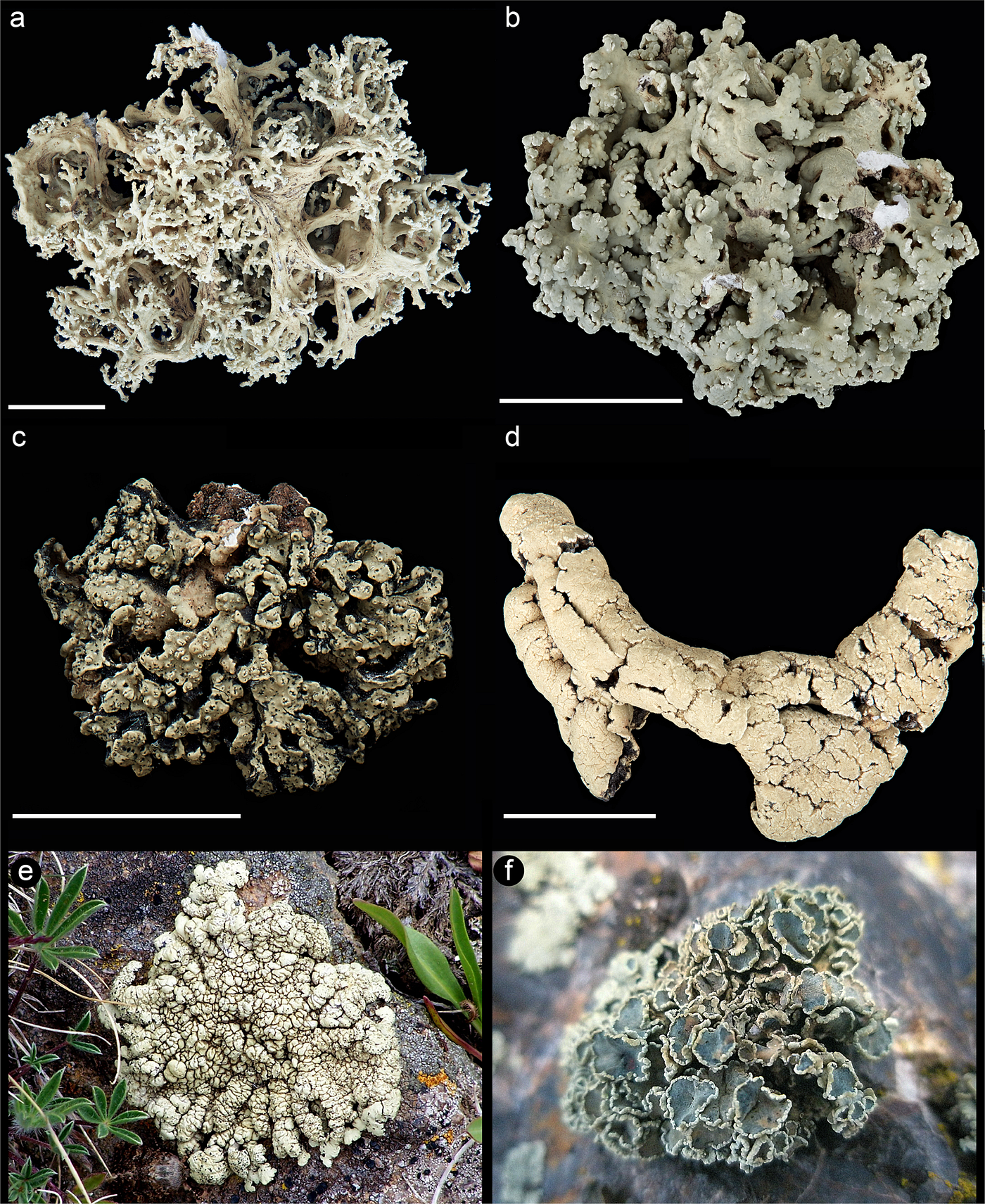
As you have been pointing out, these other forms don’t need to be invented as they exist already. They have always existed, in a sense, we just haven’t been able to cognize them. As designers, we must be careful with our re-cognitions, to not merely appropriate divergent perspectives into our own dehumanizing autopoietic systems. Maybe it is not possible for the European philosopher, or American artist, or first-world engineer or UX designer to articulate the subaltern dream. We might instead focus upon designing a space to foster the potentiality to come — the artificiality to come, as you say — to open up the museum, to puncture holes in the homogenizing histories of archived artifacts, and to craft porous architecture that allows life to flow through. Restitution certainly must be an orchestrated effort to allow for the voices of the outside to come in and to be heard.
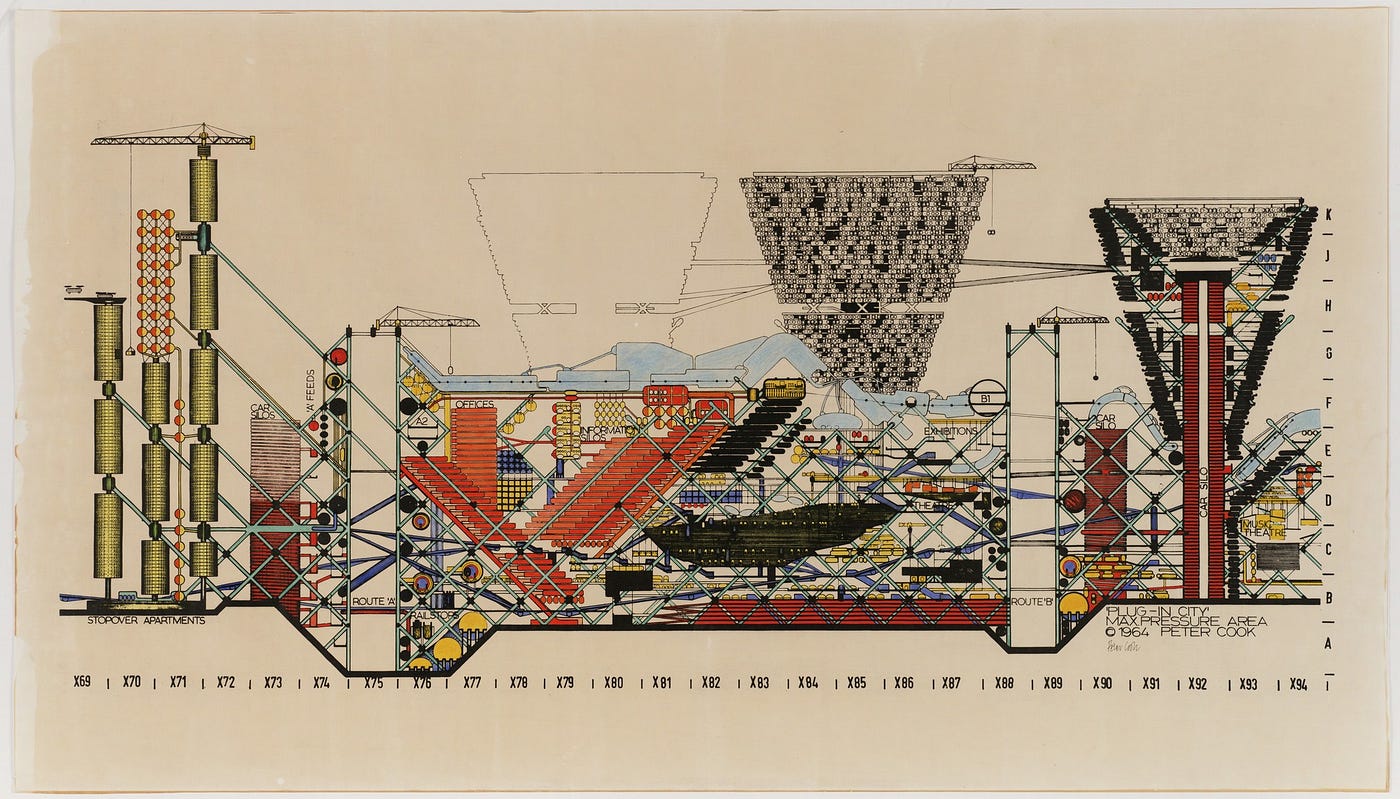
How to pronounce ourselves through the possibility of patterns towards a possible emergence of an outside that has always been inhabiting us? How might we design the potentiality of addressing ourselves as something other than ourselves? How do we construct and trace links from that space?
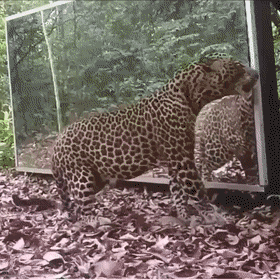
This series is made possible by a generous grant awarded by MolochDAO. Thank you Moloch!